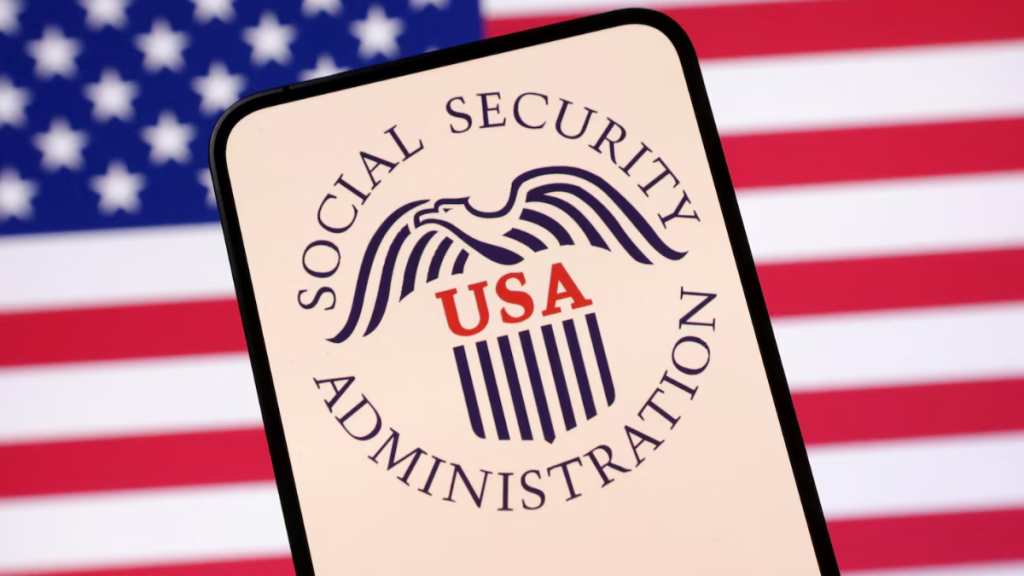WASHINGTON, D.C. — A startling revelation from recent government audits has exposed that the Social Security Administration (SSA) lists more than 12 million individuals as deceased, raising significant concerns about data accuracy, administrative inefficiency, and potential misuse of federal records.
The SSA maintains two major systems that track deaths: the Numerical Identification System (Numident) and the Death Master File (DMF). These databases are used to process benefit payments, verify identities, and prevent fraud.
However, a new report reveals a striking number of entries—primarily involving individuals born in 1920 or earlier—who have no date of death recorded, despite near-certainty that most are no longer living.
The Numbers Behind the Claim
The Office of the Inspector General (OIG) conducted an audit of the SSA’s death reporting systems and found that roughly 18.9 million people born before 1921 still had no date of death in the SSA’s Numident database. Of these, around 12.4 million were never reported deceased and remain listed as alive on paper.
While these figures have drawn headlines, the reality is more nuanced. The vast majority of these individuals were not receiving any Social Security benefits at the time of death, which means the risk of improper payments is limited.
Nonetheless, experts argue that failing to update these records can lead to broader consequences, including data mismatches and confusion for other government agencies and financial institutions that rely on SSA data.
Why the Deaths Weren’t Recorded
Many of the unrecorded deaths stem from historical data limitations. Before the late 1980s, electronic reporting of deaths to the SSA was not common. The agency relied on family members or funeral homes to manually notify them of a death.
If no one reported it—and the individual was not receiving benefits—SSA had no reason to update its records.
In other cases, clerical errors or missing documentation contributed to the oversight. As a result, millions of Social Security Numbers (SSNs) belonging to individuals who would now be over 120 years old remain technically active.
In 2024, the Department of Government Efficiency (DOGE) worked with the SSA to begin purging outdated records. Nearly 10 million entries belonging to people marked as 120 years old or older were updated to reflect presumed deaths. The move was designed to streamline federal records and prevent SSN misuse.
Risks of Erroneous or Inaccurate Listings
The issue goes beyond outdated records. In some instances, living individuals are mistakenly added to the Death Master File, a problem the SSA admits happens approximately 12,000 times per year.
Known colloquially as “zombie” cases, these errors can result in frozen bank accounts, loss of healthcare benefits, denied loans, and extensive red tape for affected individuals who must prove they are alive.
Correcting such errors often takes weeks, requiring in-person SSA verification and documentation such as birth certificates or notarized affidavits.
“It’s like trying to prove a negative,” said an SSA field office employee who spoke on the condition of anonymity. “And for elderly or disabled individuals, this kind of bureaucratic nightmare can be traumatic.”

Political and Public Response
The issue has attracted attention from political figures and tech leaders alike. Earlier this year, Elon Musk cited the statistics to argue that government systems are ripe for abuse and inefficiency.
Former President Donald Trump called for a “full audit of the Social Security system” to ensure taxpayer money is being distributed correctly and not to fraudulent accounts.
However, the SSA and independent watchdogs have pushed back against claims of widespread fraud.
Acting SSA Commissioner Lee Dudek clarified in a press statement that, “While our records contain outdated entries, there is no credible evidence of systemic fraud or widespread improper benefit distribution related to these records.”
SSA’s Plan to Improve Data Accuracy
The SSA has acknowledged the issues and is taking steps to modernize its data handling systems. In 2025, the agency launched a modernization initiative aimed at replacing legacy infrastructure, increasing the use of AI to cross-check death records with other federal databases, and partnering with state agencies to improve real-time death reporting.
Beneficiaries and families are strongly encouraged to report deaths promptly using official SSA channels or through funeral home partnerships.
Many funeral homes are part of the Electronic Death Registration system (EDRS), which feeds data directly into SSA’s systems, helping to reduce future discrepancies.
Additionally, Americans can now create a secure “my Social Security” account to review their own records, track benefits, and ensure that all personal information is accurate.
Conclusion
While alarming at first glance, the SSA’s listing of over 12 million individuals as deceased reflects historical recordkeeping limitations more than systemic fraud. Still, the issue underscores the importance of modernizing federal databases and improving transparency in benefit distribution.
Efforts are already underway to clean up outdated records and to ensure more accurate and timely updates going forward. For most Americans, the effect is minimal—but for the few caught in bureaucratic errors, the consequences can be deeply disruptive.
For more information, visit: SSA Death Master File Overview
Disclaimer – Our team has carefully fact-checked this article to make sure it’s accurate and free from any misinformation. We’re dedicated to keeping our content honest and reliable for our readers.
